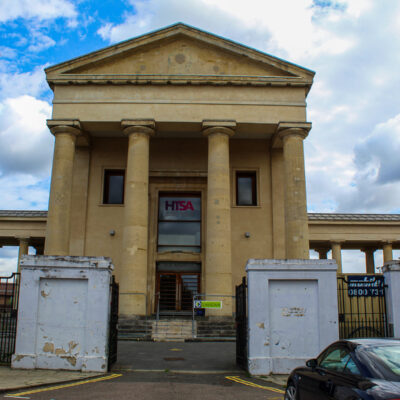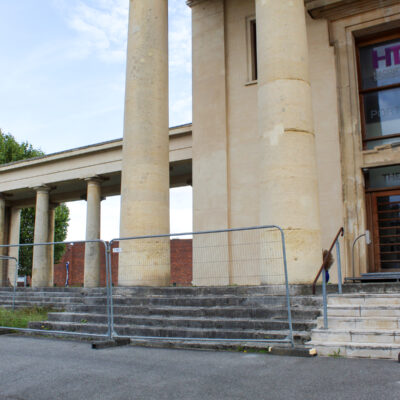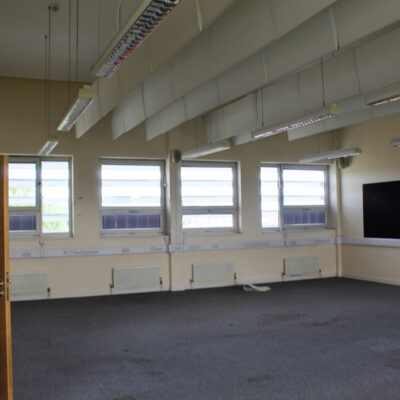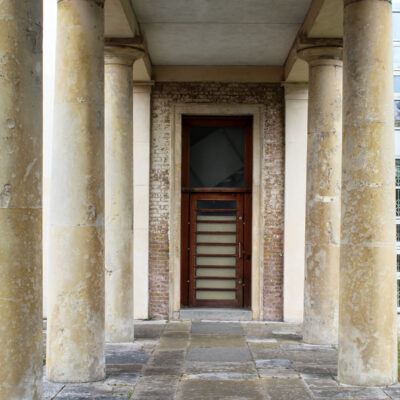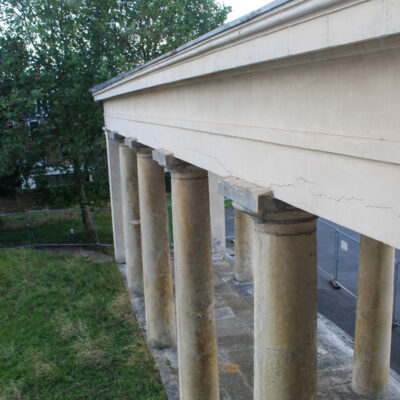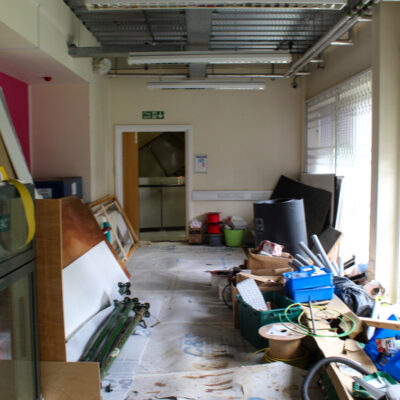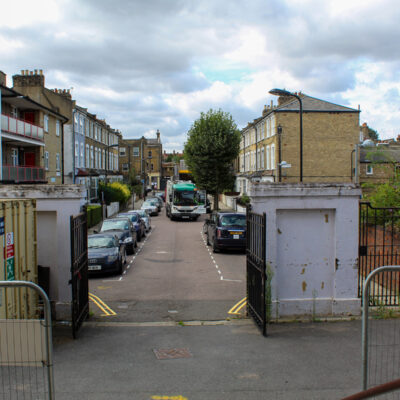Archaeological Desk Based Assessment, Hackney, London
Archaeological Desk Based Assessment with regard to a planning application relating to the construction of a new NHS surgery
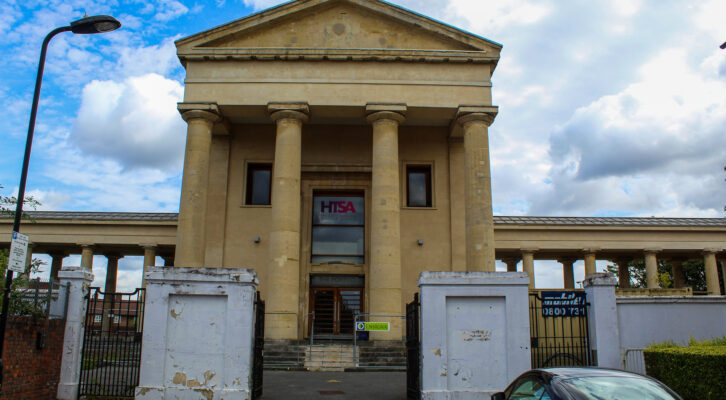
In Brief
Key Points
- Site of a Grade II listed building with a modern 3-storey building to the rear
- The site is located within a Tier 2 Archaeological Priority Area (APA) associated with the course of the Roman road from London to Great Dunmow
- The Archaeological Priority Area (APA) associated with Hackney Settlements is located about 70m SW of the site
- Significant number of early prehistoric remains, including worked flints and faunal remains (in particular from the Lower Palaeolithic) have previously been identified as a result of late 19th century residential development in the immediate locality of the site and the wider surrounding area
Summary
Most of the site is occupied by the tall pedimented portico with Doric columns and flanking colonnades, of brick and stucco construction, which represent the surviving remnants of the former London Orphan Asylum buildings built in 1823-25 and Grade II listed. This monumental portico originally formed the entrance to the Asylum chapel which was demolished when the Salvation Army Congress Hall was built in 1881-2.
The site had a moderate to high potential to encounter evidence for the prehistoric period with significant quantities of lower palaeolithic and early prehistoric worked flints and faunal remains, along with Palaeolithic, Mesolithic and Neolithic axes and occupation evidence uncovered within 500m of the site within the underlying Hackney Gravels.
The projected line of the Roman road running from London to Great Dunmow is sited about 25m southeast of the site whilst the site is located within the associated Archaeological Priority Area. Ample evidence for Roman occupation and burial activity has also been identified in the immediate vicinity of the site thus it had a moderate to high potential to encounter remains of this period.
The site also had a moderate to high potential to encounter remains of post-medieval date. During this period, it appears that the site lay within gardens and meadows to the rear of houses adjoining Lower Clapton Lane, prior to the construction of the London Orphan Asylum in 1823-25. The Asylum was partially demolished in 1881 when the building was transformed into the Salvation Army Congress Hall, which in turn was largely taken down in 1975. It was assessed that there was good potential for encountering buried remains of the demolished early 19th century Asylum buildings, as well as remains of cellarage beneath the Asylum buildings and sub-surface features relating to the forecourt and gardens at the entrance to the Asylum. Albeit more limited, it was also assessed that there was also potential to encounter evidence of buried features associated with early post-medieval gardens or field boundaries.
The site had a moderate potential to encounter evidence of medieval occupation which reflects the proximity of the site to the roadside settlement of Lower Clapton, first documented in the mid-14th century.
Results
Given the Moderate to High archaeological potential of the site in overall terms, it was recommended that an appropriate programme of archaeological work, the details of which to be agreed with the Greater London Archaeological Advisory Service, would be necessary to determine the extent, depth and significance of buried archaeological features and deposits across the site.

